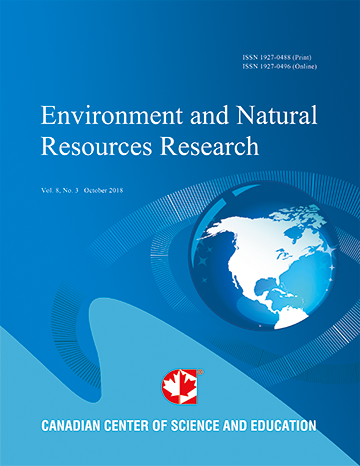Acetylcholine Deficiency in Caenorhabditis elegans Induced by Hyperthermia Can Be Compensated by ACh-esterase Inhibition or Activation of GAR-3 mAChRs
- Tatyana Kalinnikova
- Rifgat Shagidullin
- Rufina Kolsanova
- Eugenia Osipova
- Sergey Zakharov
- Marat Gainutdinov
Abstract
The nervous system is a target of hyperthermic failure of animal behavior. Caenorhabditis elegans can be used as an excellent model organism to investigate mechanisms underlying thermotolerance of nervous system. Inhibition of ACh-esterase by neostigmine produces rise in thermotolerance of C. elegans swimming induced by mechanical stimulus at constant temperature 36 °C. Protection of C. elegans behavior against heat stress by neostigmine indicates that hyperthermia induces ACh deficiency in the C. elegans nervous system which is one of the causes of hyperthermic failure of behavior. Activation of mAChRs by pilocarpine or oxotremorine M elevates behavior thermotolerance similarly with neostigmine while inhibition of these receptors by atropine has opposite effect. These results suggest that ACh protects C. elegans behavior against hyperthermia by binding with mAChRs. It is known that three G-protein coupled ACh receptors of C. elegans (GAR-1, GAR-2 and GAR-3) have sequence homology with five known subtypes of mammalian mAChRs. To identify mAChRs responsible for regulation of behavior response to hyperthermia we investigated effects of loss-of-function mutations in gar-1, gar-2 and gar-3 genes on the sensitivity of behavior thermotolerance to neostigmine and pilocarpine. Among them only loss-of-function gar-3 mutation caused insensitivity of C. elegans behavior thermotolerance to neostigmine and pilocarpine. Thus it is GAR-3 mAChR that mediates rise in behavior thermotolerance produced by ACh-esterase inhibitor neostigmine or agonists of mammalian mAChRs.
- Full Text:
 PDF
PDF
- DOI:10.5539/enrr.v3n3p98
Journal Metrics
Google-based Impact Factor (2016): 6.22
h-index (November 2017): 12
i10-index (November 2017): 19
h5-index (November 2017): 11
h5-median (November 2017): 12
Index
Contact
- Emily LinEditorial Assistant
- enrr@ccsenet.org
